Introduction
Regensburg is a beautiful city in Bavaria, Germany, that lies on the peaceful Danube River. It has a long and amazing history that goes back to the Roman times. You can see the old and the new in its buildings and streets. There is the Stone Bridge, which is one of the oldest bridges in the world, and the St. Peter’s Cathedral, which has stunning Gothic towers. Regensburg has many different kinds of architecture from different periods of time. The city center is very old and well-kept, with wooden houses and fancy decorations. It is so special that it is a UNESCO World Heritage Site, which means it is protected and important. People from all over the world come to see Regensburg and enjoy its beauty and culture.
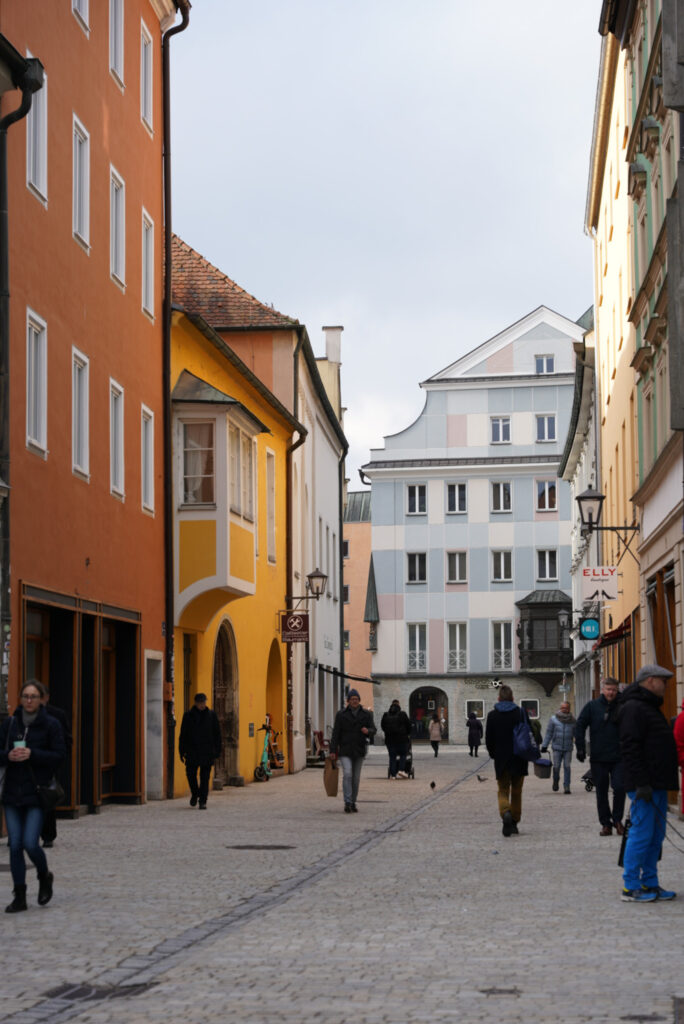
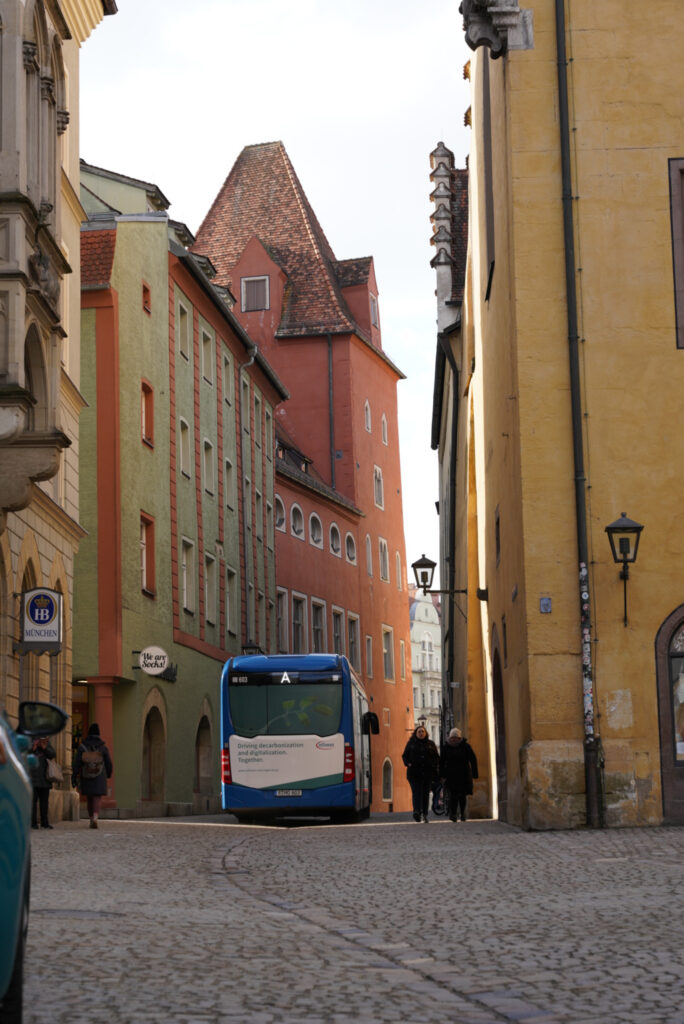
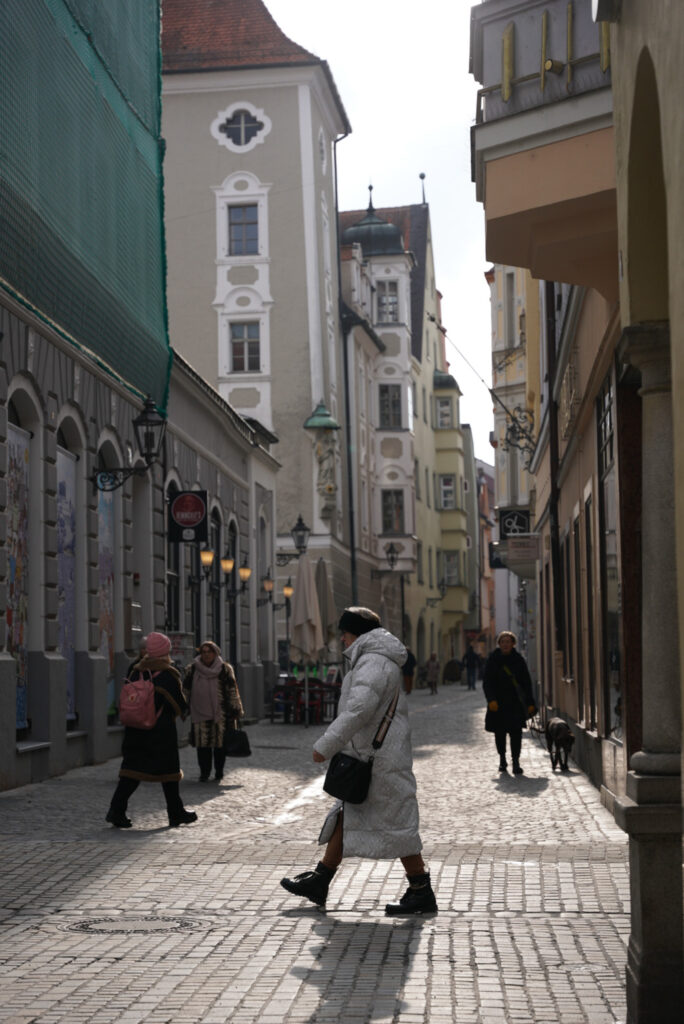
Sitting Around Neupfarrplatz, Getting Robbed
Originally the site of a Jewish ghetto established in the Middle Ages, Neupfarrplatz witnessed a dynamic interplay of cultures and commerce, shaping its character over the centuries. Traces of its past can still be glimpsed in remnants like the Neupfarrkirche, a church converted from the former synagogue, which serves as a poignant reminder of the city’s diverse historical tapestry. Today, Neupfarrplatz bustles with life, adorned with charming cafes, bustling markets, and a palpable sense of community, inviting both locals and visitors to immerse themselves in its rich heritage and lively atmosphere.
It was here that I finally got to sit down and enjoy a 3€ leberkäse, essentially an Austrian/German SPAM in a simple bun. It was fucking delicious and greatly appreciated after clocking in 15,000 steps before noon.
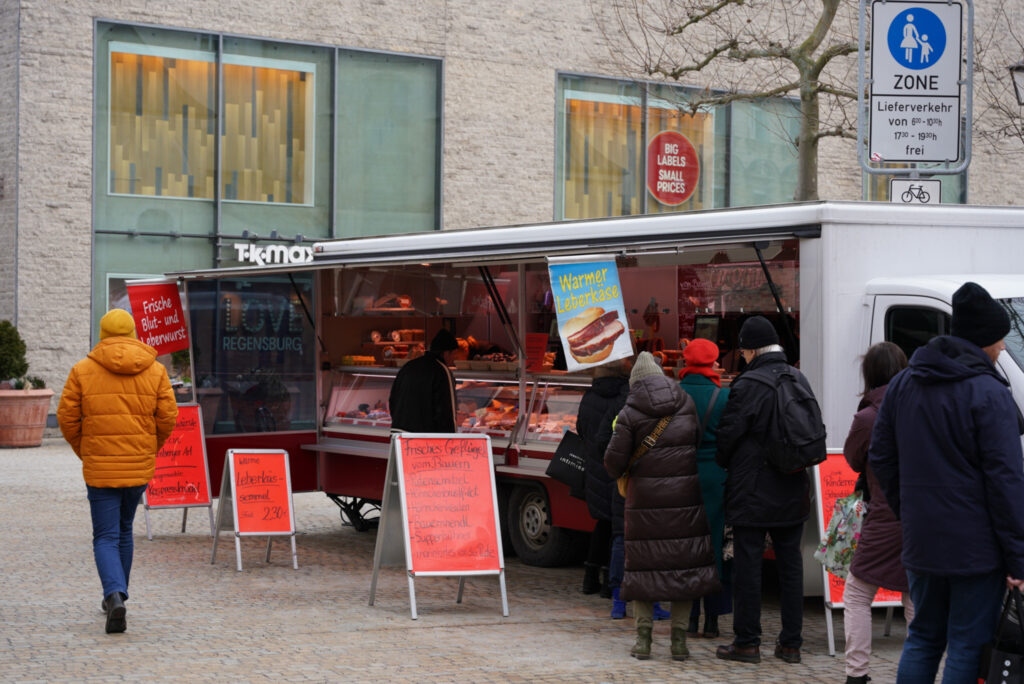
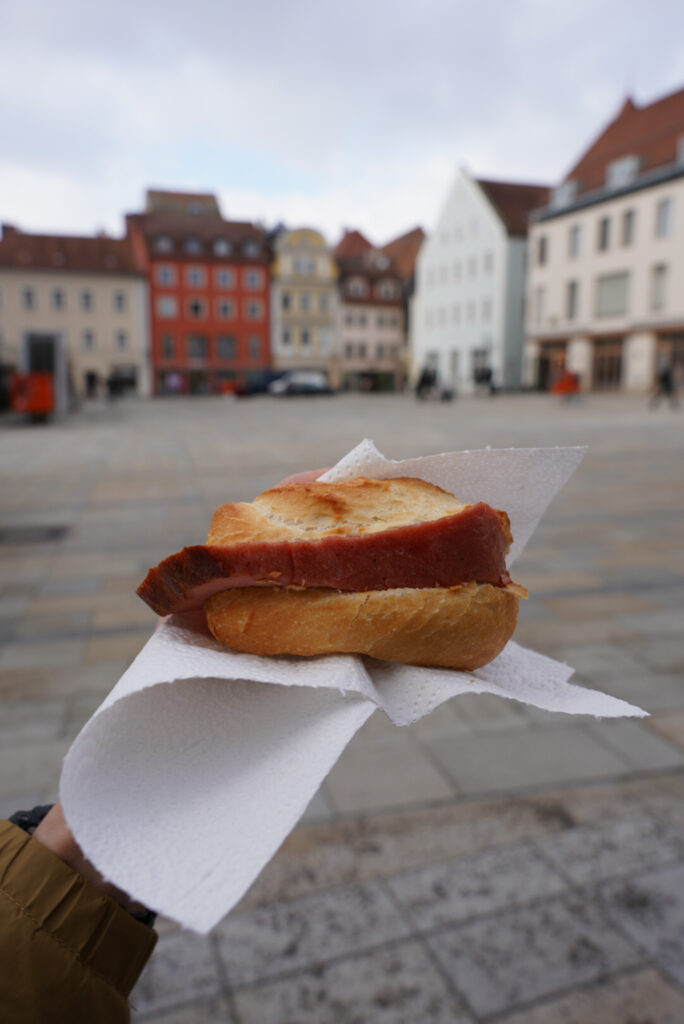
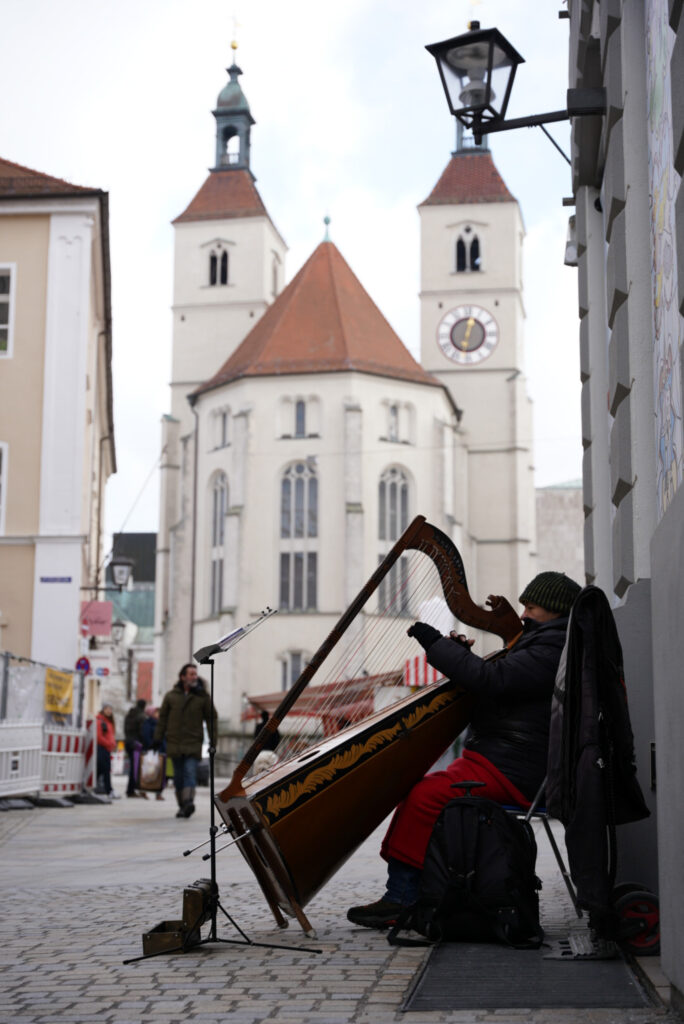
For those who don’t know, Germany takes their bottle recycling seriously. Pfand is charged on practically anything that can be recycled, and can be easily provided back to you in the form of a coupon when you recycle it back to grocery stores. Pfand isn’t cheap, it’s about 0.25€ for each plastic bottle. That’s about 1/12 of a leberkäse. They take it so seriously that others have glared at me for unknowingly throwing these bottles in the trash. It’s also here, sitting in Neupfarrplatz, eating my little leberkäse, that a random man aggressively started reaching into my backpack side pocket. I thought he was going for my camera that was slung over my shoulder. Nope, he wanted that 0.25€ pfand, baby.
Now pfandless, I sat there and finished my meal listening to a harp player in the square. He was magnificient. I can’t tell you 90% of the songs he played, but one that did catch my eye (or ear) was ‘Que Sera Sera’. Any Hitchcock fan like will recognize this song, being sung quite a bit in ‘The Man Who Knew Too Much’. It was a family classic back at the Lau household, and it was one of my favourite memories in Regensburg being able to hear that played beautifully via a harp. I love this country.
Historische Wurstkuchl
If you love sausages, you should check out the Historische Wurstkuchl in Regensburg, Germany. It’s a small restaurant next to an old bridge, and it has been making sausages for over 800 years. It’s one of the oldest restaurants in the world that still runs today. It started as a place to feed the workers who built the bridge, but now it’s a popular spot for anyone who wants to enjoy some delicious Bavarian food. The restaurant has a cozy and lively vibe, with wooden walls and tables. They also serve a damn good mustard. I still can’t believe I left it in my check-in and wasn’t able to bring it back home. I’ll come back for you next time, mustard.
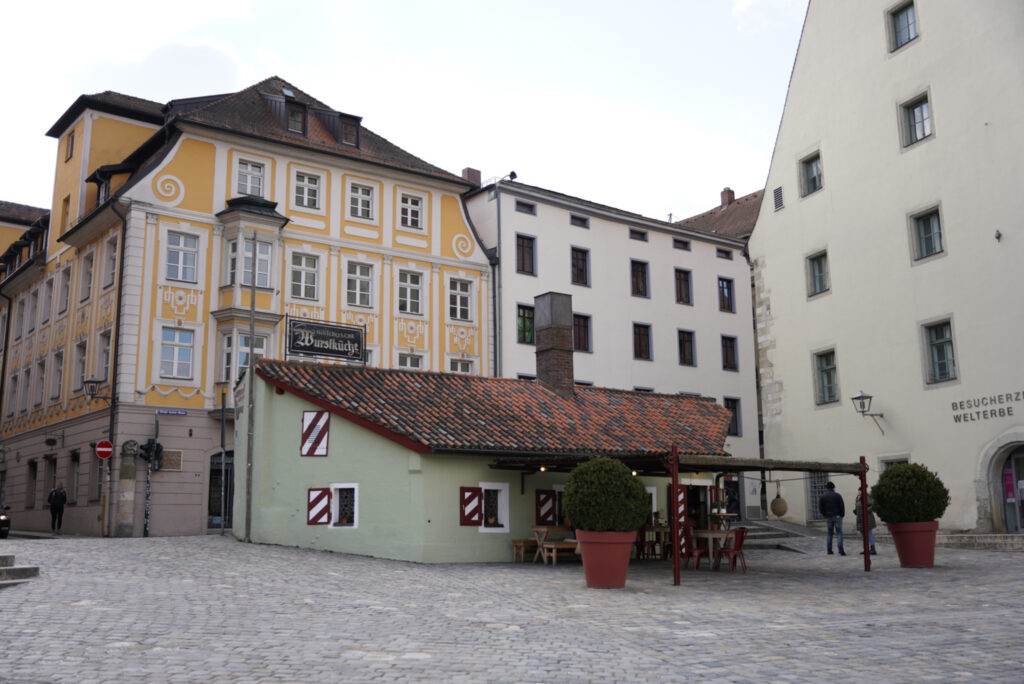
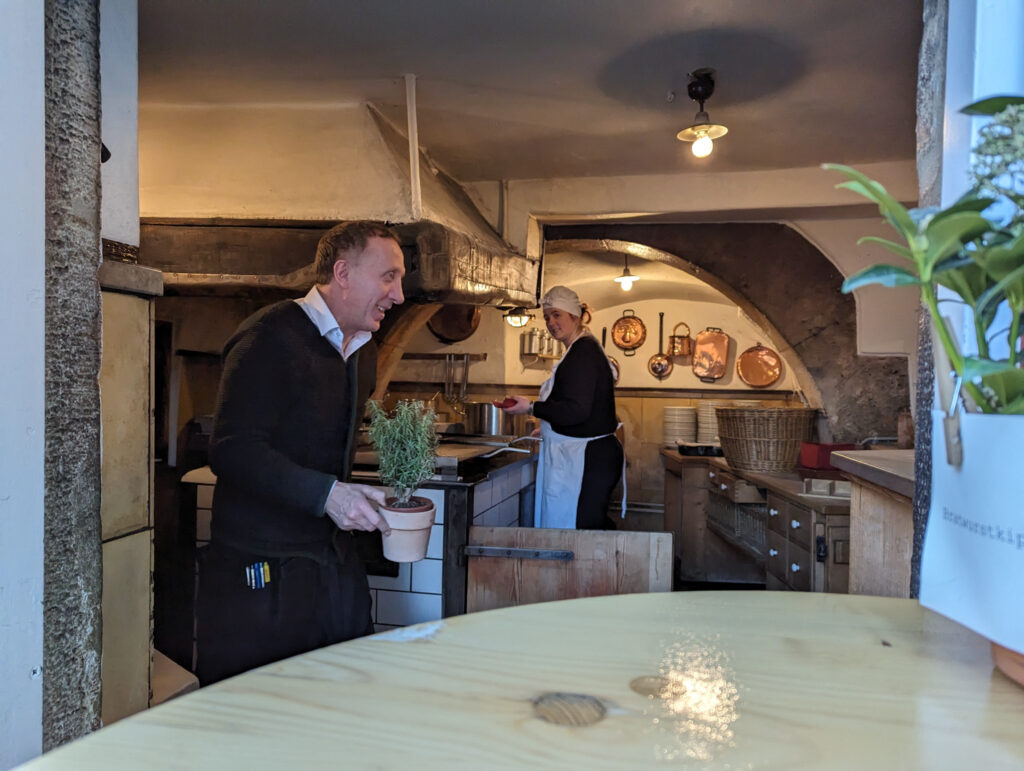
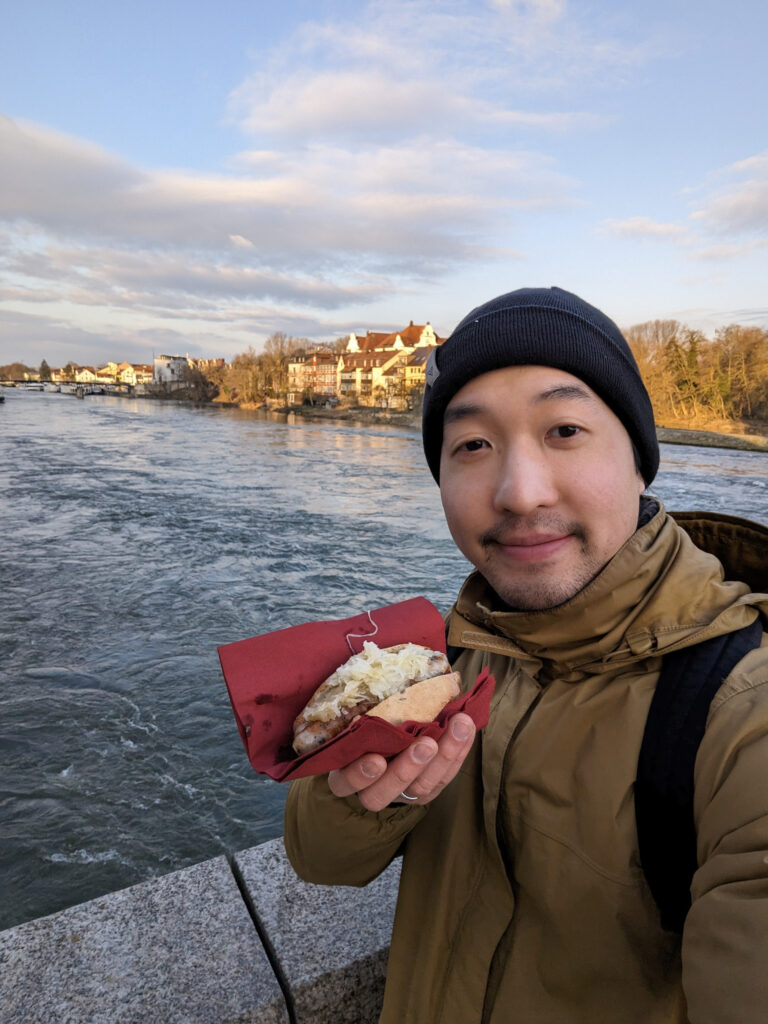
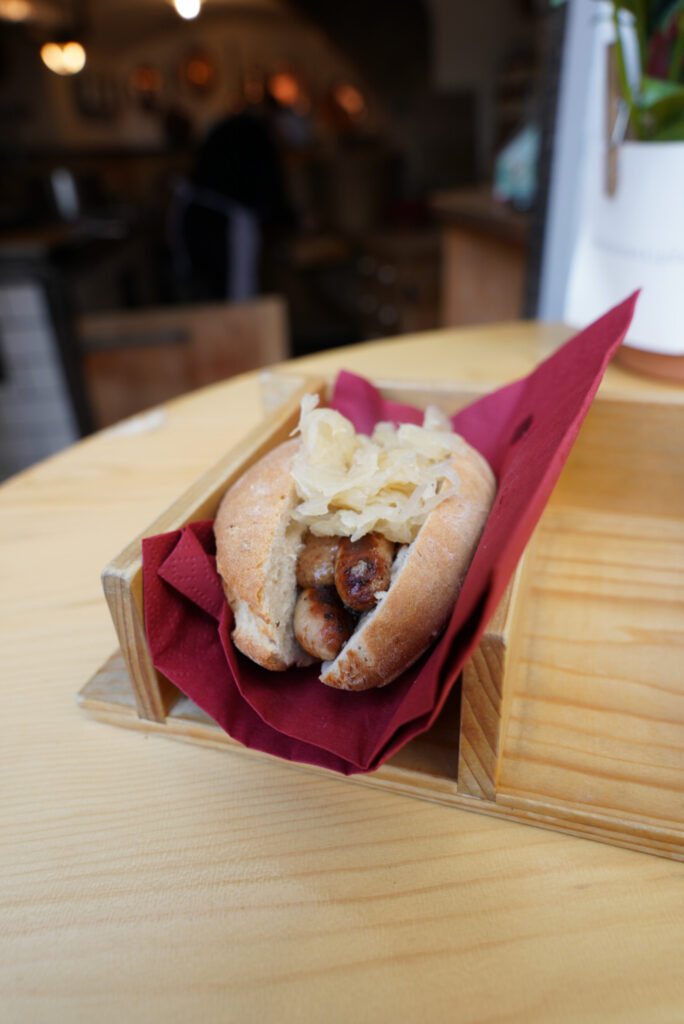
This is a must visit when you’re in Regensburg. Make sure you’re hungry for lunch, because they don’t open for dinner service.
Taking in the Surroundings
St. Peter’s Cathedral and the historic Stone Bridge epitomize the enduring legacy and fortitude of Regensburg. The Cathedral’s majestic Gothic architecture and soaring spires serve as a testament to the city’s spiritual and cultural heritage, while the Stone Bridge, dating back to the 12th century, remains an engineering marvel connecting the city over the Danube.
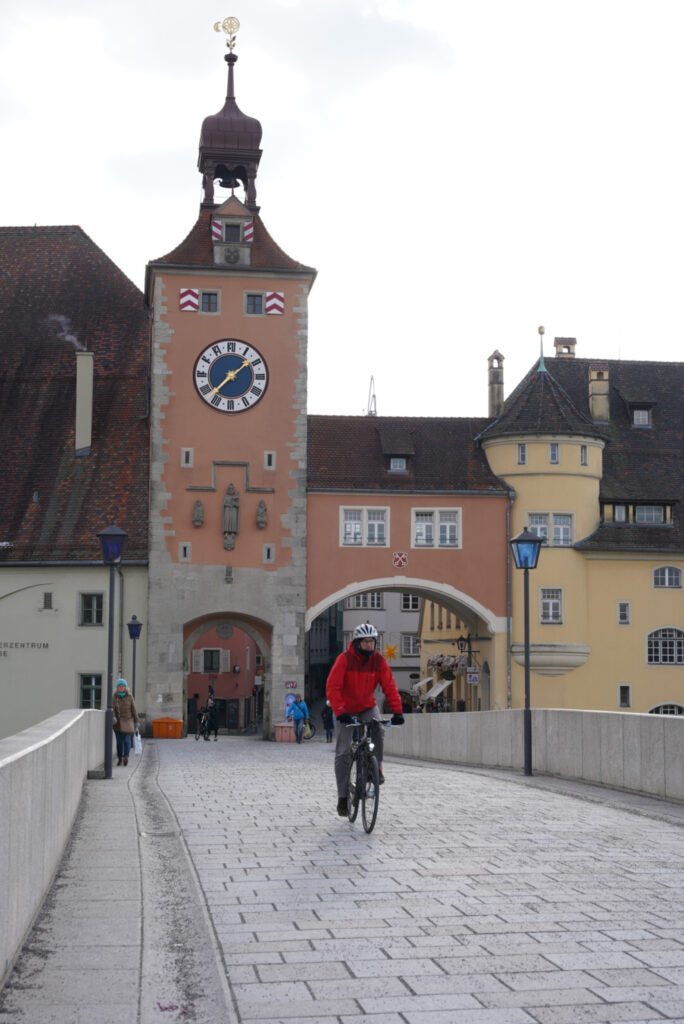
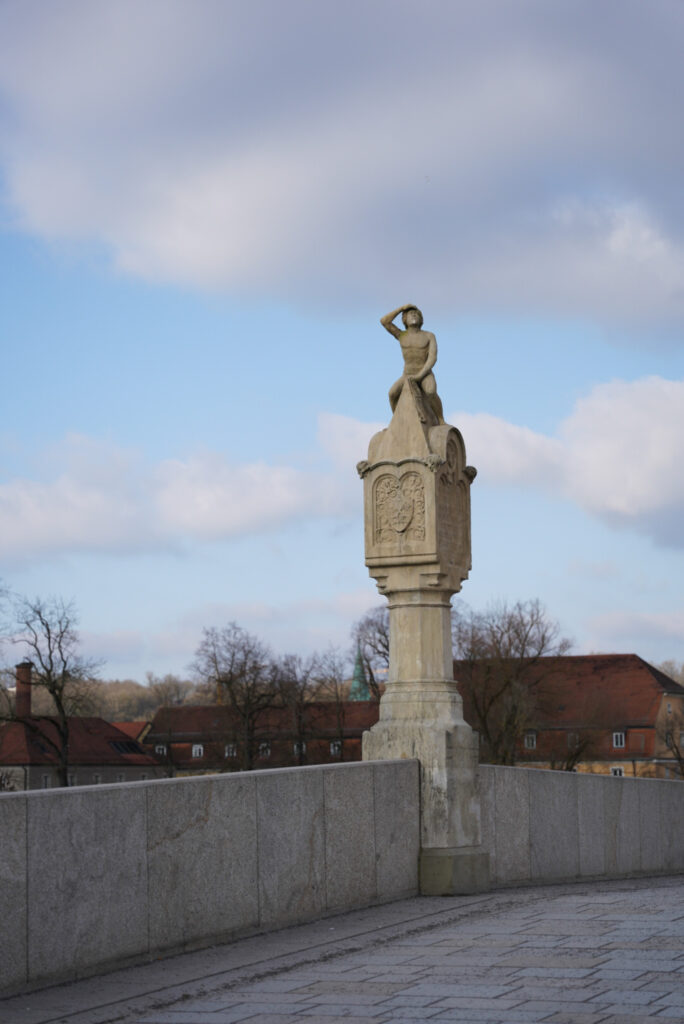
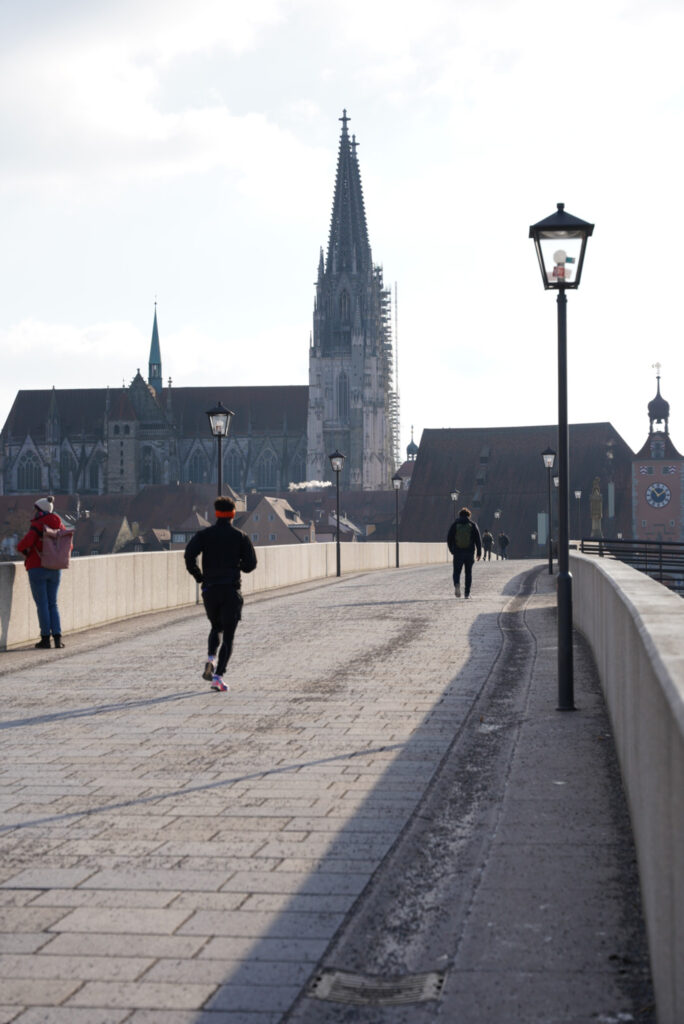
Remarkably, despite the widespread destruction wrought by World War II throughout Europe, Regensburg emerged largely unscathed, preserving these cherished landmarks for posterity. This remarkable resilience underscores the city’s enduring strength and commitment to safeguarding its invaluable historical treasures. During the world war though, the stained glass windows in St. Peter’s Cathedral were known to have been taken out for protection, and placed back after the war, so the ones pictured below are the originals.
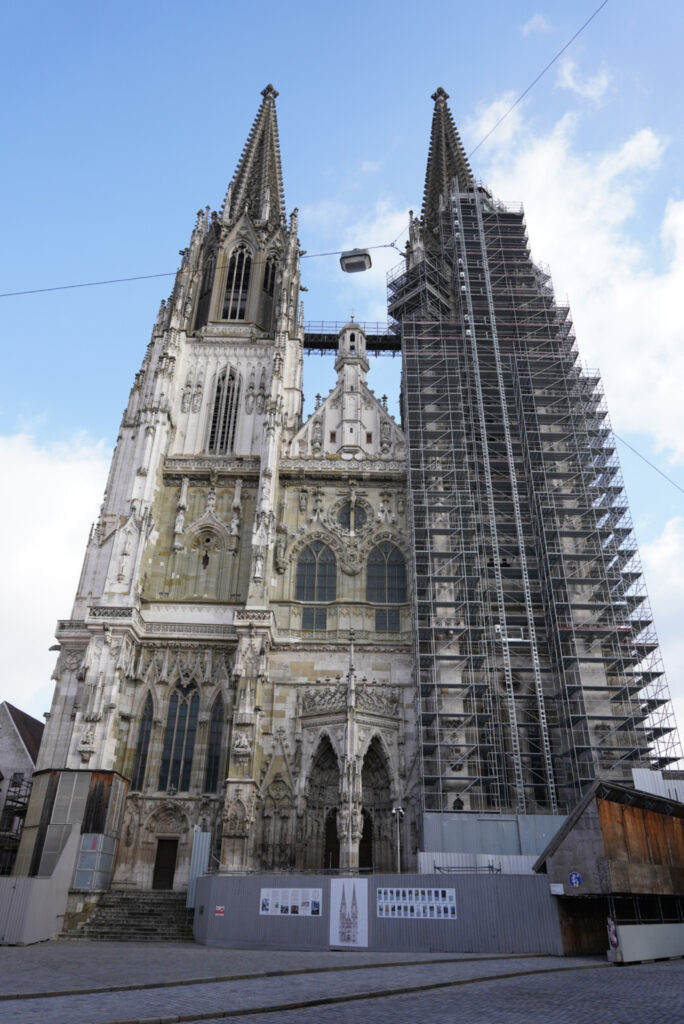
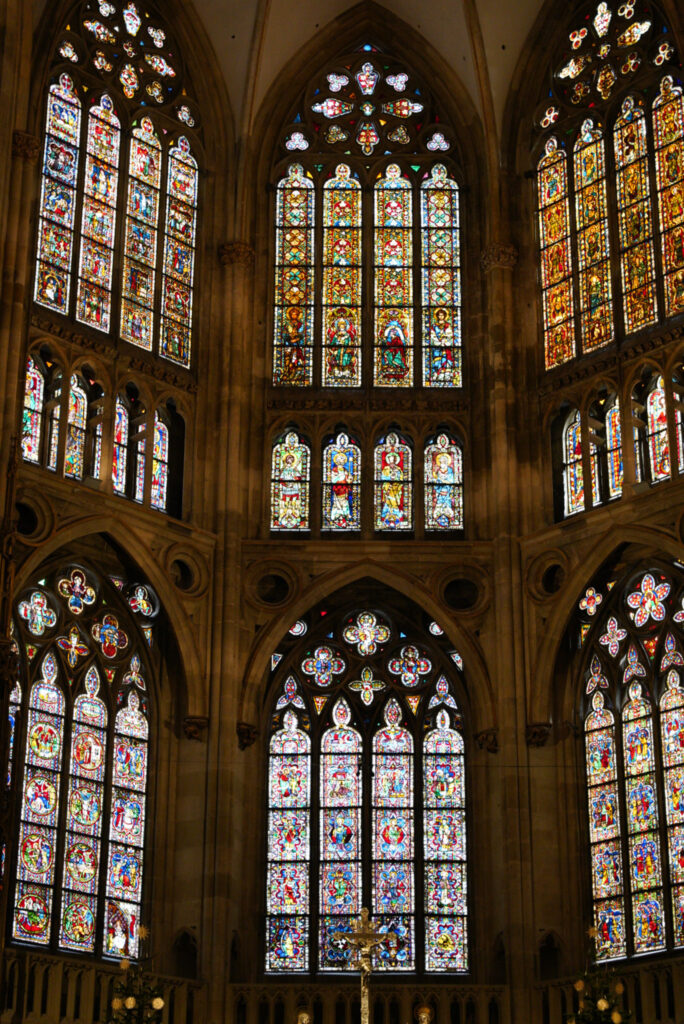
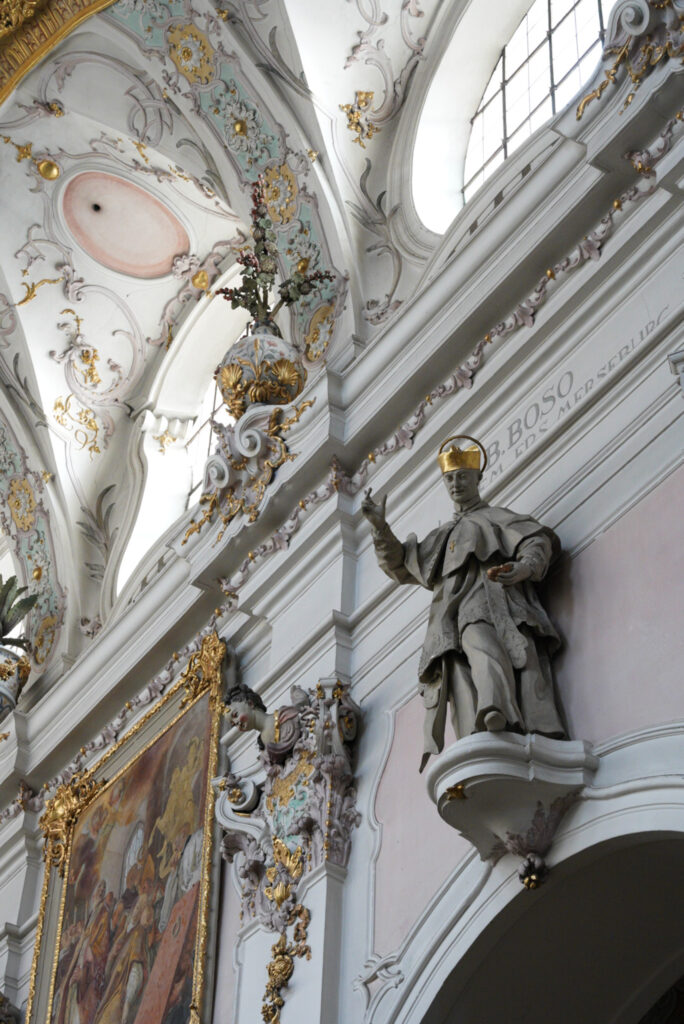
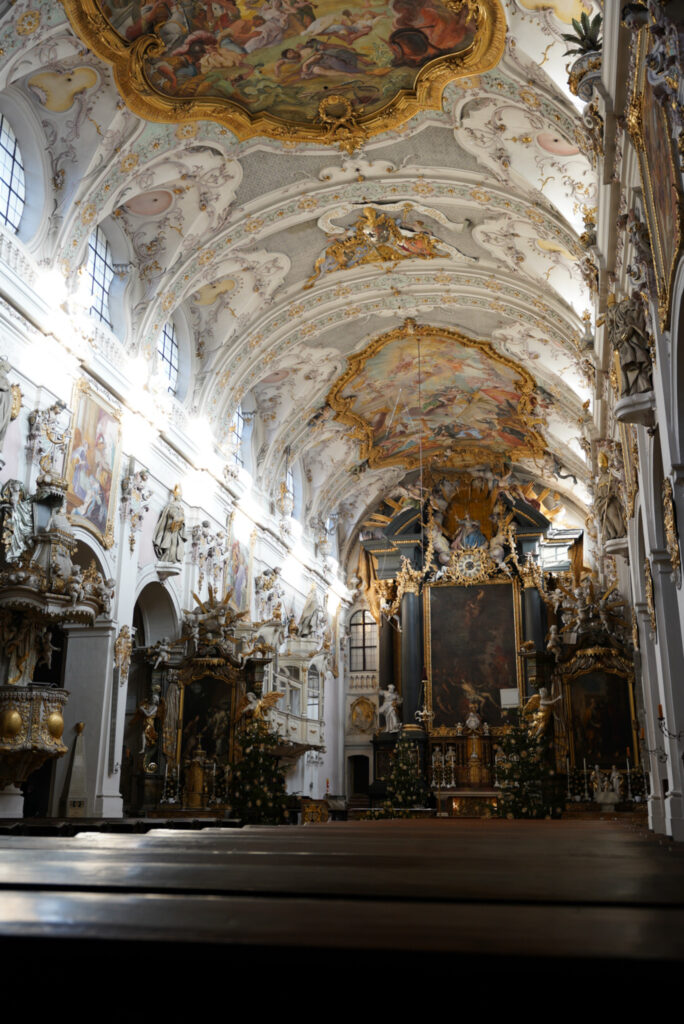
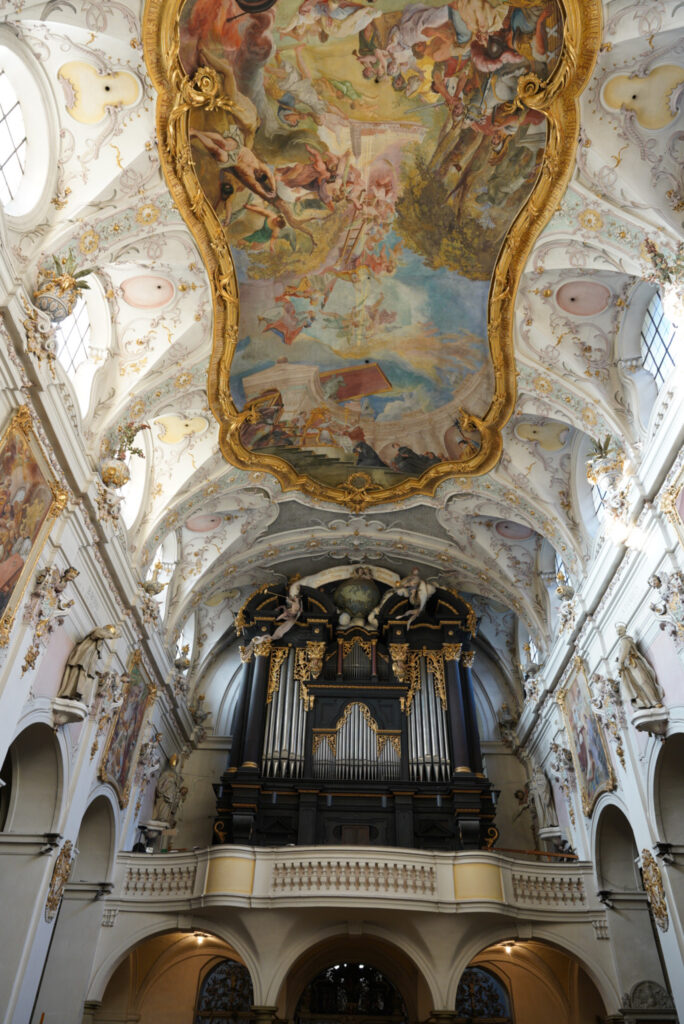
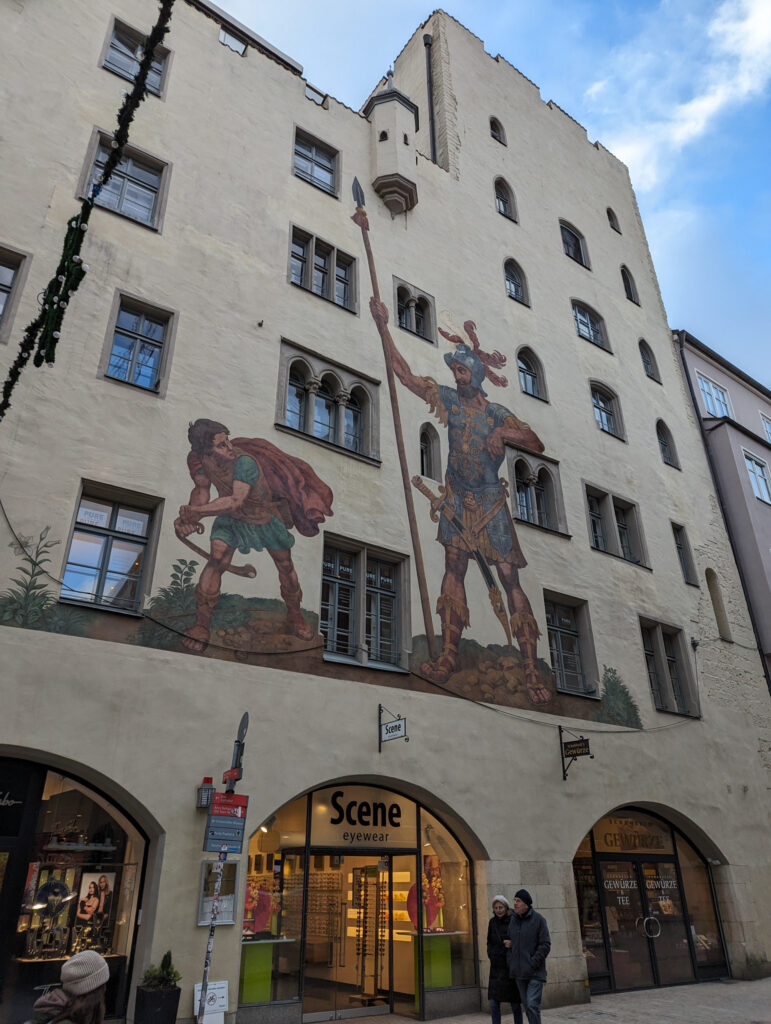
Exploring the World’s Only Dachshund Museum
If you’re a fan of daschunds, or not, you should consider checking out the daschund museum here. It’s the world’s first and only museum dedicated to these furry friends, boasting over 10,000 daschund-related items, from toys and figurines to photos and paintings. Not every day can you say that you’ve visited a museum that’s dedicated to just one specific species. It wasn’t originally on my agenda for my visit, but it was found on the walk to the Historische Wurstkuchl, and I had read about the place in Atlas Obscura on the train ride here.
At the museum, you can delve into the history and culture surrounding daschunds, learning about how they’ve been adored by celebrities, royalty, and everyday folks alike. Plus, you’ll have the chance to meet the museum’s founders, Seppi Küblbeck and Oliver Storz, along with their three daschunds. Unfortunately, they were on a trip with their dogs when I was visiting, but Gunda, who was filling in to head up the shop & museum, was a wonderfully kind guide, offering up plenty of tidbits in English for me.
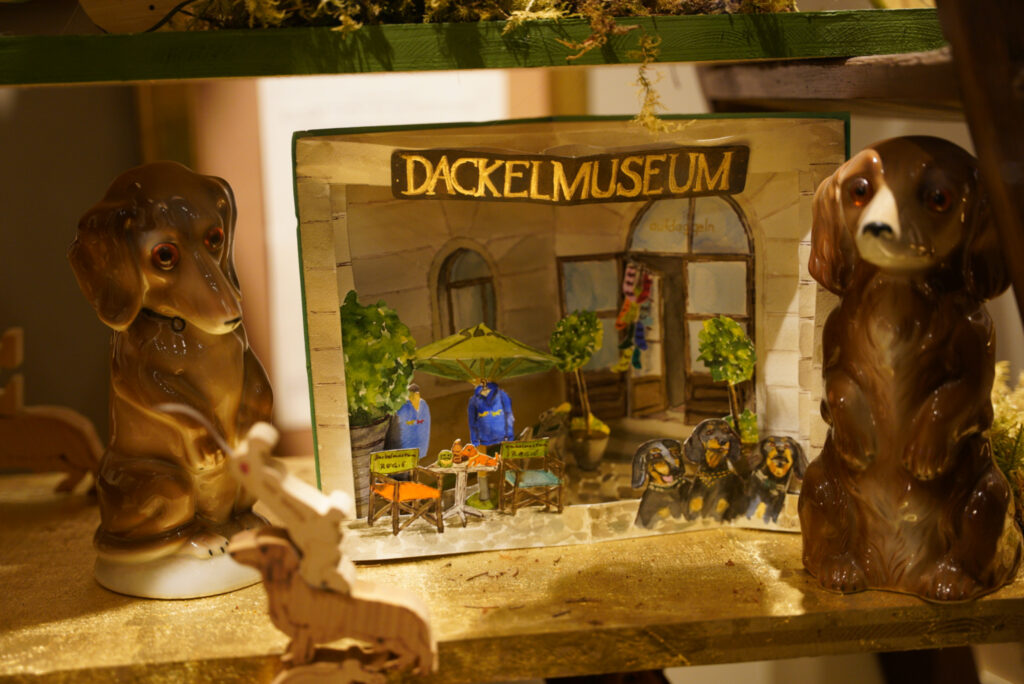
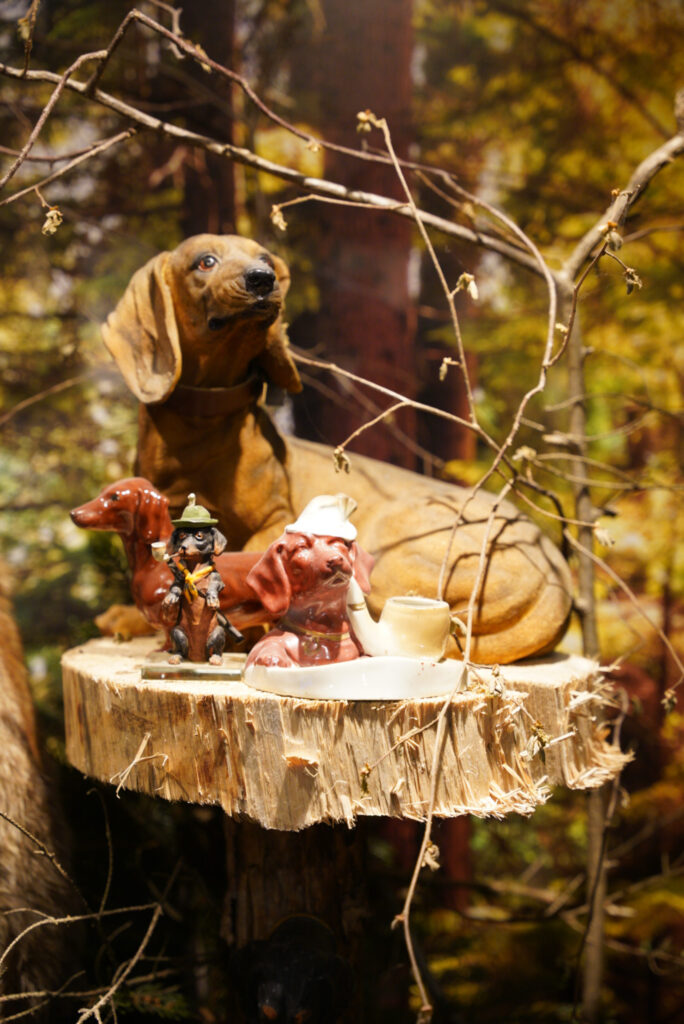
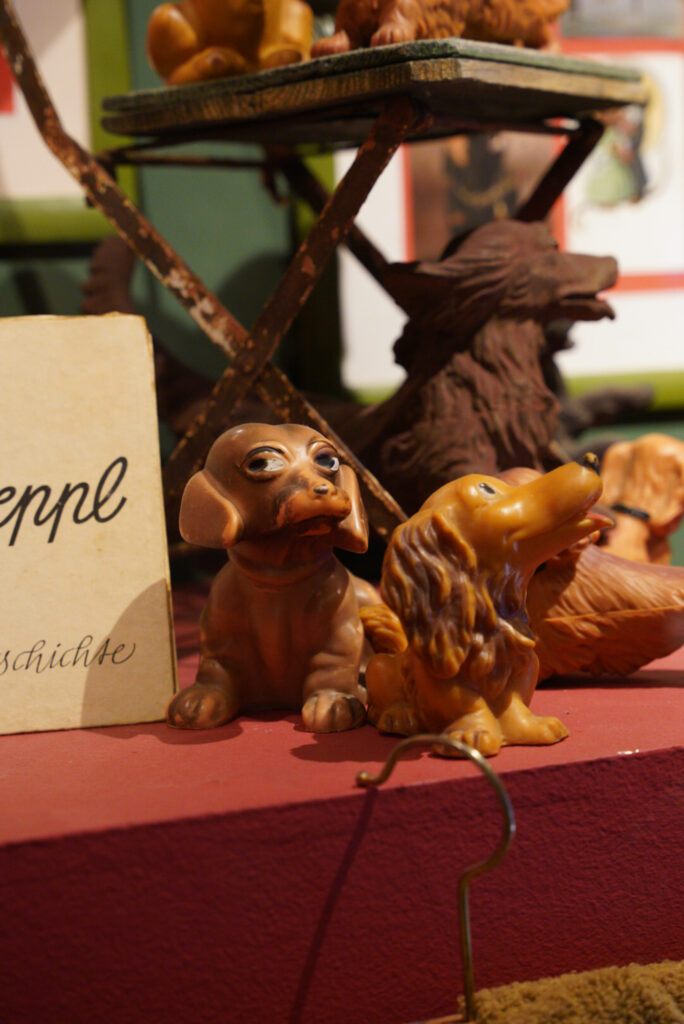
Inside, you’ll find various sections highlighting different aspects of daschunds’ roles in society and culture. Highlights include the 1972 Olympic daschund “Waldi,” the first official mascot of the modern Olympic Games; depictions of daschunds in aristocratic circles, featuring portraits of Queen Victoria and Napoleon Bonaparte with their beloved pets; and displays showcasing daschunds in art and literature, featuring works by Pablo Picasso, Andy Warhol, and Franz Kafka, among others.
Gunda let me know that the most expensive figurine was the one housed in the chest, within the chest, and was worth approximately one new BMW (I was there for a BMW Sales & Marketing Conference, so she related it back to that). Whether that’s a new 3 Series or a fully loaded M8, I don’t know.
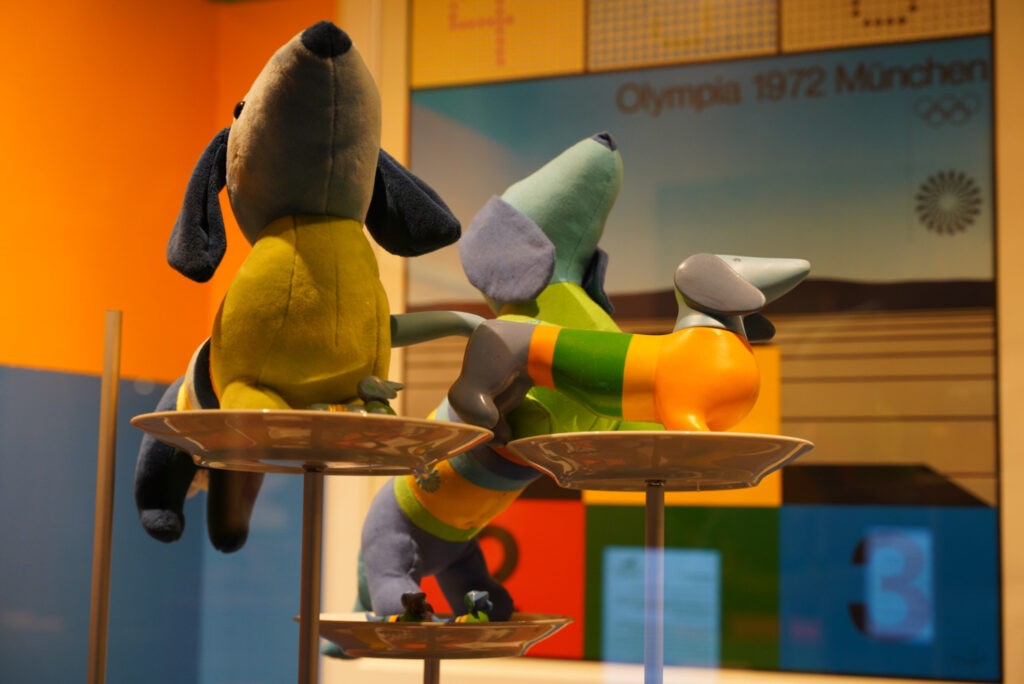
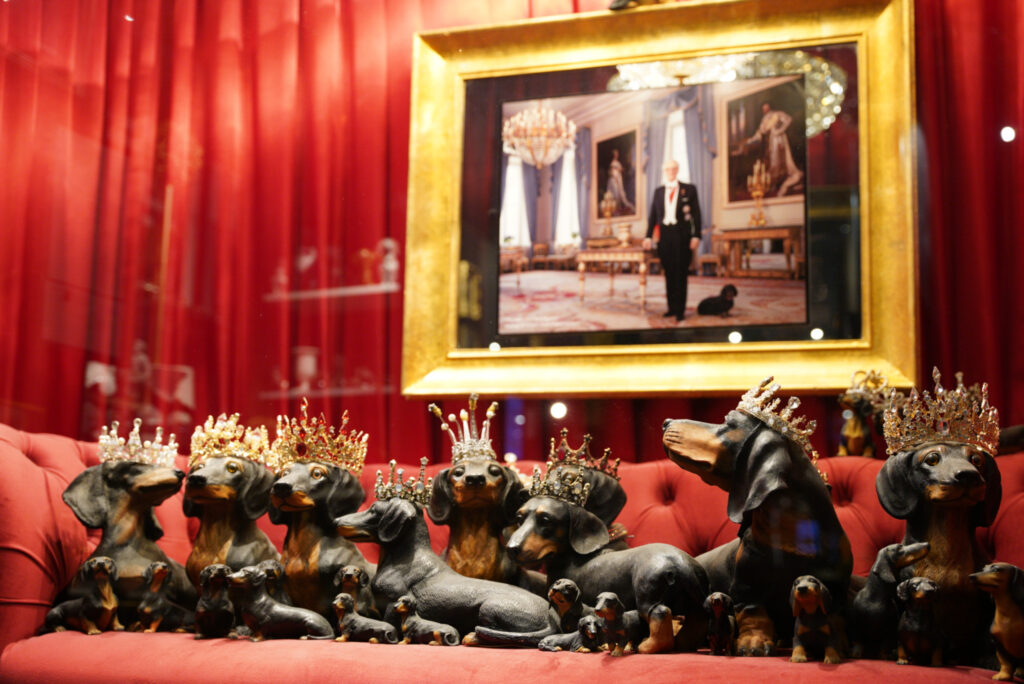
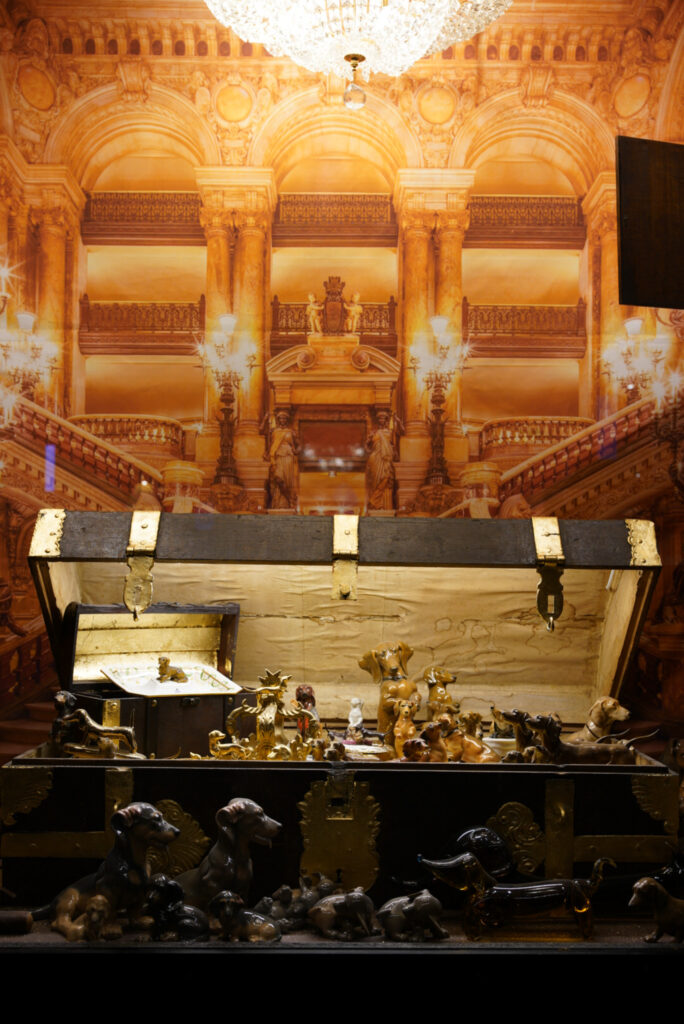
The museum offers guided tours, group visits, and special events catered to daschund enthusiasts. Additionally, you can join a dog city tour through Regensburg, exploring historic sights and attractions with your own daschund or one provided by the museum. Regular exhibitions, lectures, and workshops on topics such as health, grooming, training, and breeding are also hosted. Don’t forget to browse the museum’s gift shop, offering a variety of daschund-themed souvenirs like books, postcards, magnets, mugs, and even daschund beer. Whether you’re a dog lover or not, the daschund museum promises a fun and fascinating visit that’s sure to leave you with a smile and a newfound appreciation for these wonderful animals.
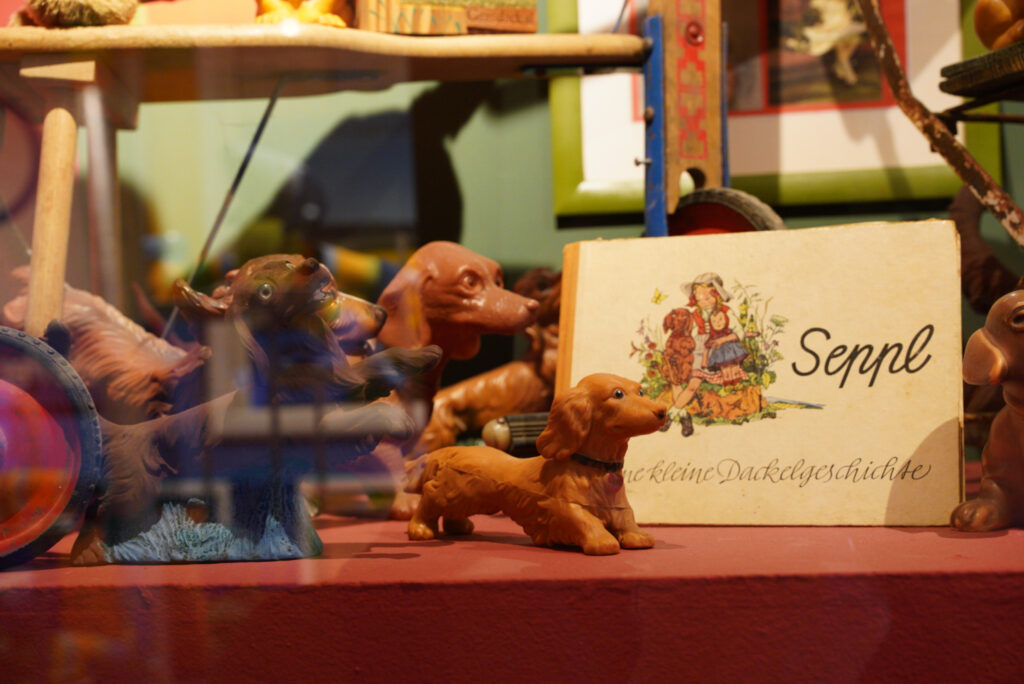
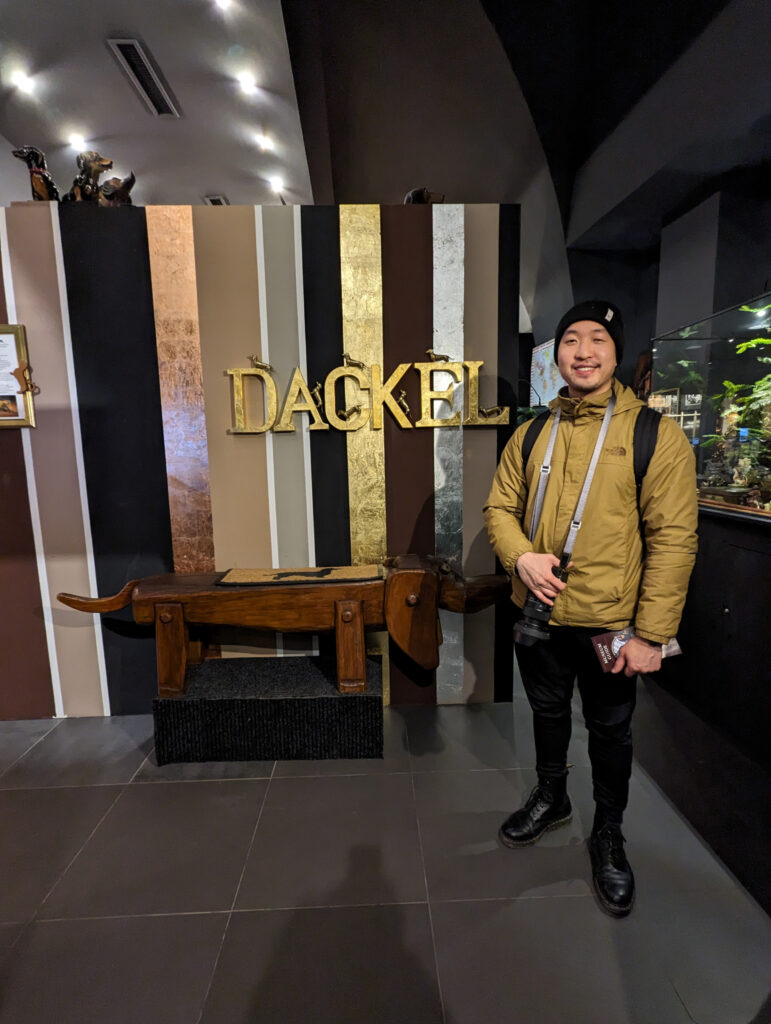
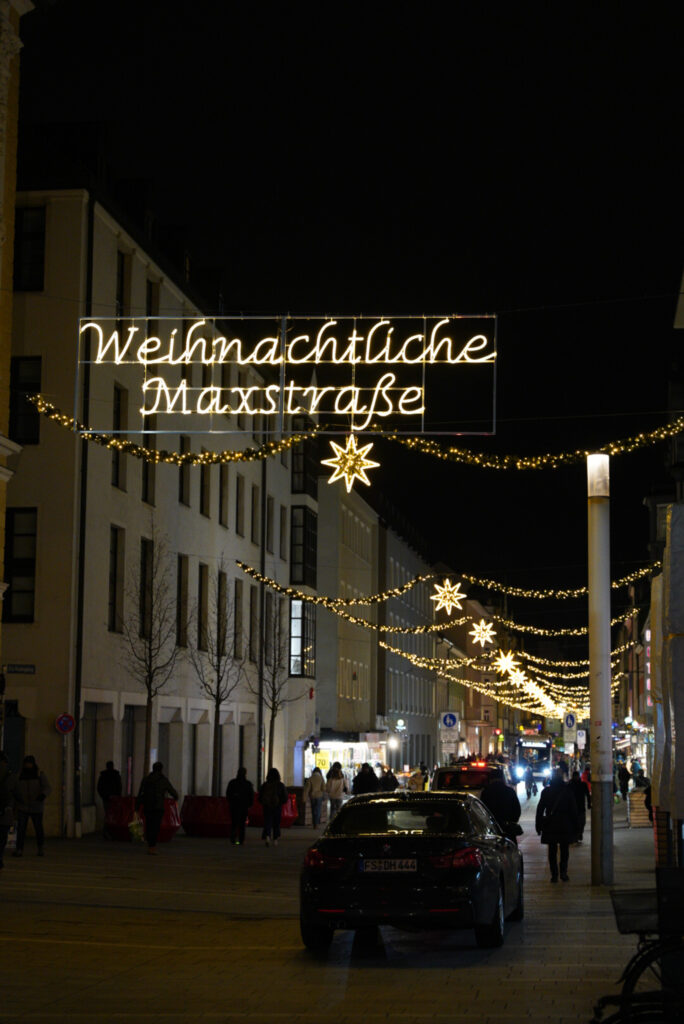
Useful Information & Links
- Dackelmuseum: https://www.dackelmuseum.de
- Find the best accomodations in Regensburg: Expedia
- Book the DB train from Munich <-> Regensburg: https://int.bahn.de/en/offers
Thanks for Reading!

My name is Alex Lau, and I’m a travel blogger and photographer. I’ve worked in the automotive digital marketing business for 6+ years before I decided to uproot and explore this little blue marble we find ourselves on, meeting new people, telling their stories, and discovering new places.
Follow me on Instagram | Contact me for partnerships
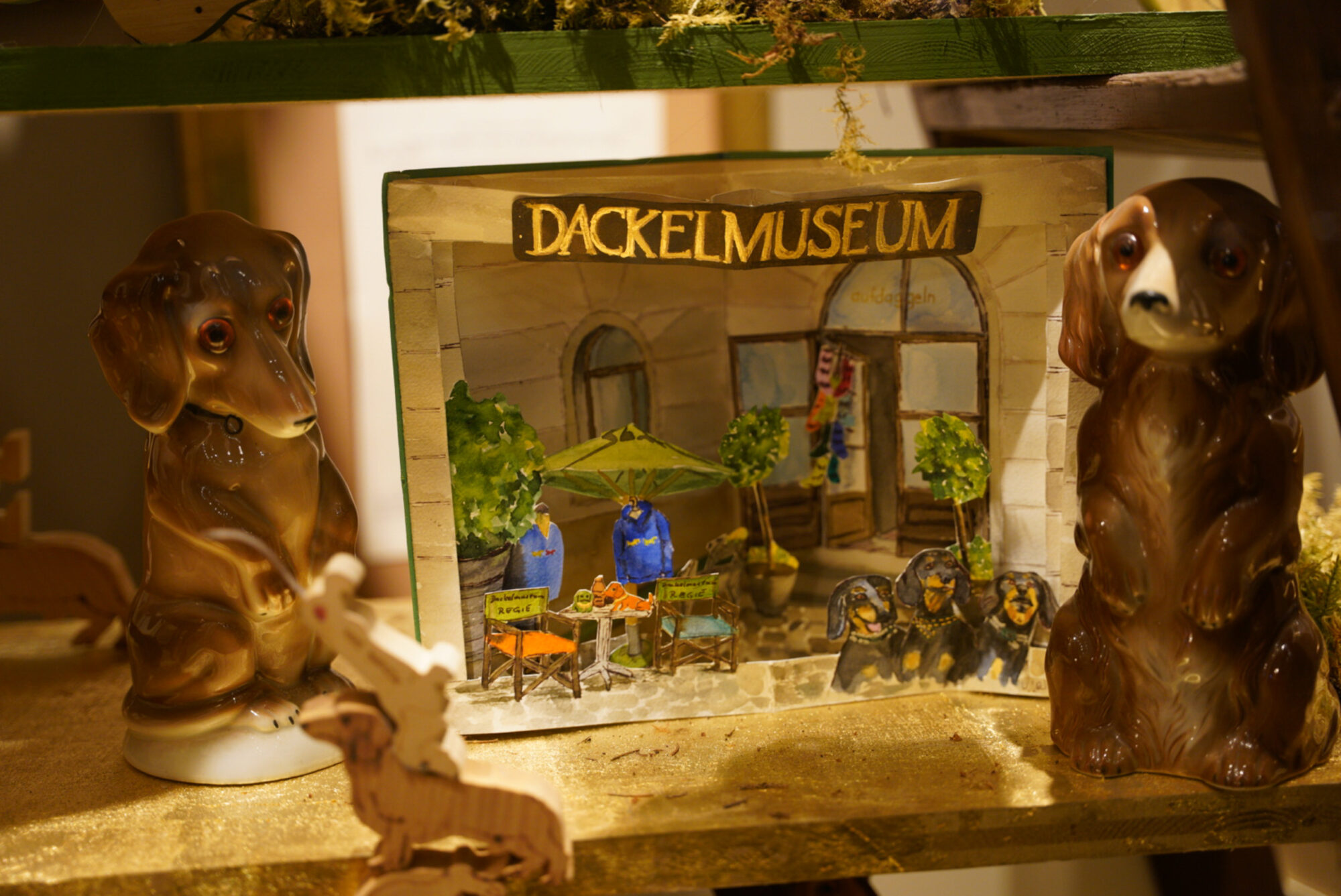
Pingback:Travelling With the Sigma 24-70mm f2.8 in Munich, Germany | Alex Lau | Travel Photographer, Reviews